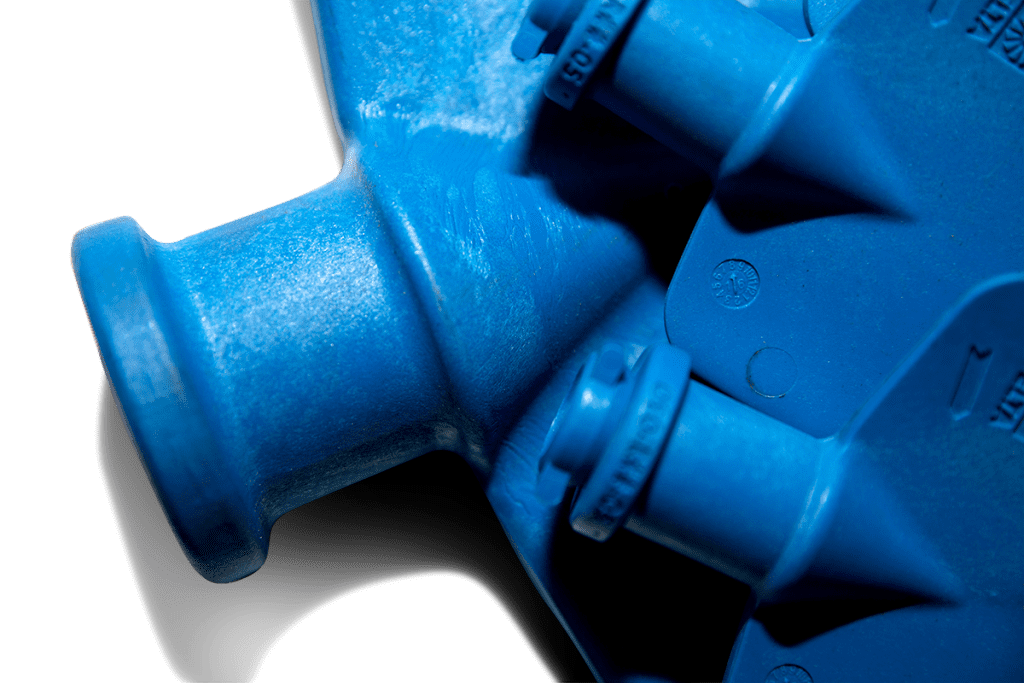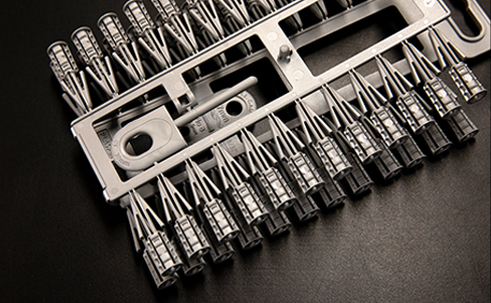Different Types Of Plastic
Different Types of Plastic
Plastics are organic polymers, usually synthetic, and they are mostly obtained from petrochemicals. There are different classifications according to the types of plastic.
The broadest classification is into thermoplastics and thermosetting plastics. The former undergo no chemical changes when they are heated, and can be remoulded many times. Examples of such plastics are polypropylene, polyvinylchloride, PTFE (Teflon), etc. They are mostly lightweight. The latter are assumed to be of infinite molecular weight. They can be melted only once, and when they become solid, the process cannot be reversed. A common example of a thermosetting process is rubber vulcanization.


There are also other classifications according to the different types of plastic. They can be divided into different types on the basis of different physical properties: tensile strength, density, glass transition temperature, resistance to chemical products.
One of the common classifications according to the type of plastic is based on biodegradability. Some plastics are biodegradable; they degrade when they are exposed to sunlight, water, bacteria, wind abrasion, as well as other natural factors. There are groups which can biodegrade if the surface of the plastic is exposed; other groups need to be exposed to specific conditions, such as the conditions in landfills or in composting systems. To enable some type of plastic groups to degrade more easily, researchers have used genetic engineering to develop bacteria which can synthesize a fully degradable type of plastic. However, this type is still expensive.
Plastics can be classified according to their origin, as natural or synthetic. The majority of plastics are derived from petrochemicals, but owing to the depletion of petrochemical resources the development of bioplastics is in progress – they are produced using renewable materials, such as cellulose or starch. Finally, according to the molecular structure, there are a crystalline type of plastic and an amorphous type.
We’d Love to Hear From You, Get In Touch With Us!
Please contact us if you would like to receive a quotation and/or to find our more about how we can provide the service you are looking for.




